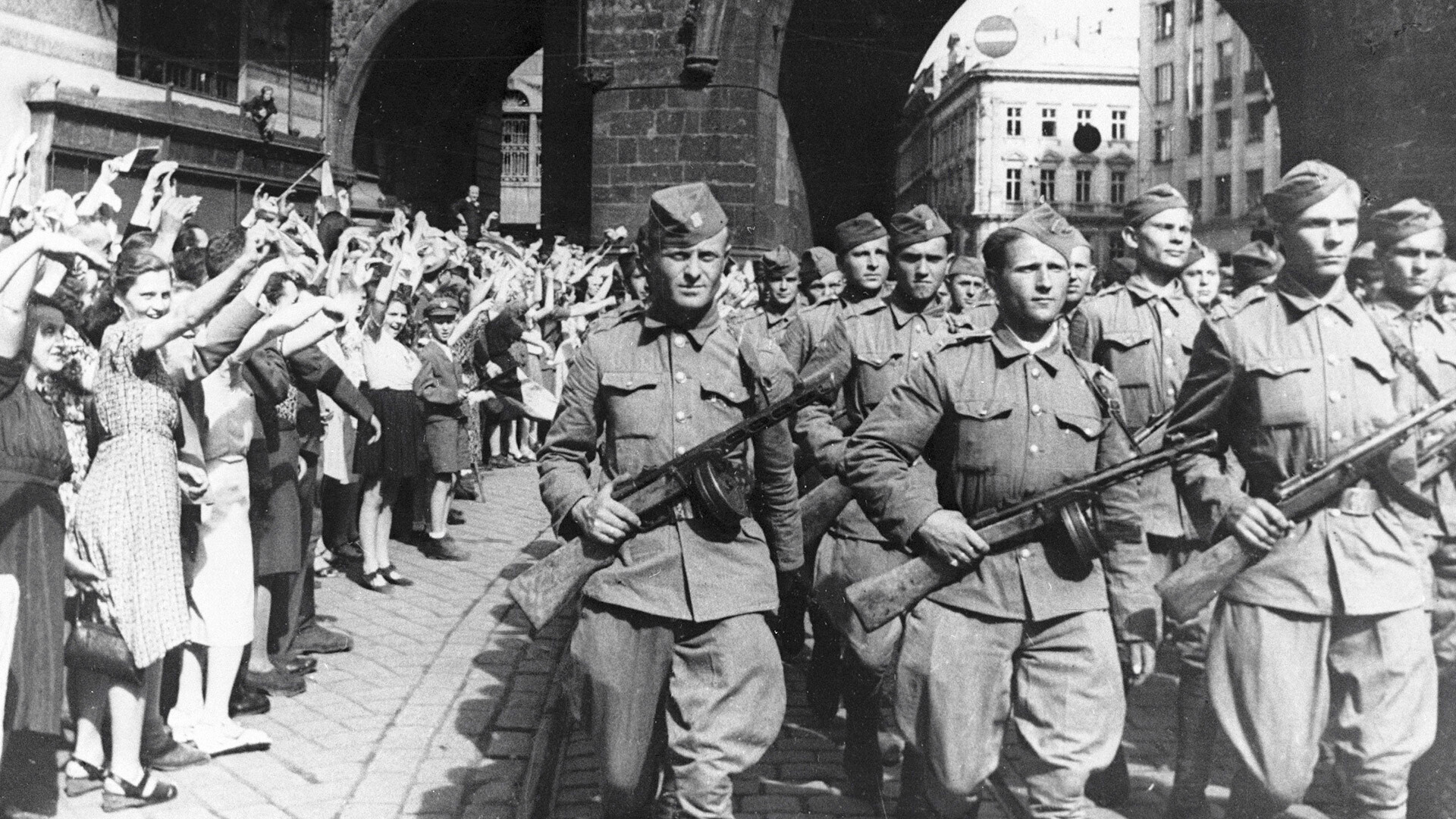
Prague townsfolk welcome the Czechoslovak corps soldiers who together with the Red Army liberated the country from the Nazi occupation.
SputnikOn the morning of May 2, 1945, the commandant of Berlin, General Helmuth Weidling, ordered the remnants of the troops of the city’s garrison to lay down their arms and surrender to the Red Army. The hard-fought and bloody battle for the capital of the Third Reich ended with victory for the Soviet Union. But the capture of the “lair of the Fascist beast” didn’t bring an immediate end to the war.
The new German government in Flensburg (on the border with Denmark), led by Grand Admiral Karl Dönitz, still had large military contingents in Czechoslovakia and Austria. The Nazis hoped either to come to an agreement with the Western Allies and present a united front against the Russians, or to surrender these regions to them before the Red Army approached.
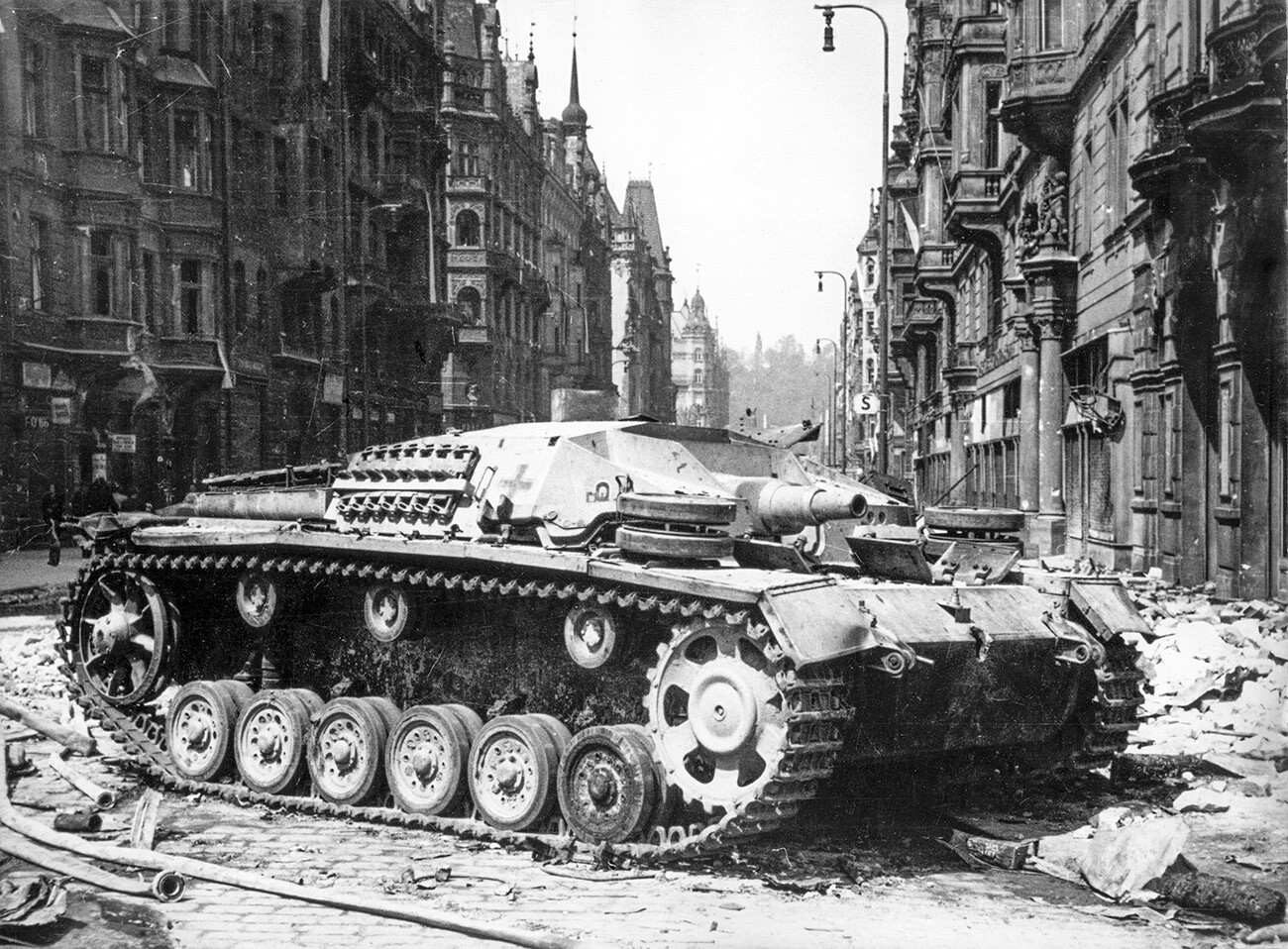
German military equipment in Prague.
Getty ImagesArmy Group Center, deployed in the central and western Czech territories under the command of Generalfeldmarschall Ferdinand Schörner, numbered about 900,000 men. They were opposed by the forces of three Soviet fronts: the 1st Ukrainian under Marshal Ivan Konev, the 2nd Ukrainian under Marshal Rodion Malinovsky and the 4th Ukrainian under General Andrey Yeryomenko. Including allied Polish, Romanian and Czechoslovak military formations, they numbered up to two million servicemen in total.
Being the largest transport hub in the region, Prague was chosen as the main target for the last large-scale operation of the Red Army in Europe. Konev, who was closest to the Czech capital, was to fight his way to Prague from the north via Dresden. Malinovsky and Yeryomenko were to advance from the south and east. The task of the Soviet troops was to surround, dismember and defeat the enemy grouping without allowing it to retreat westwards to surrender to the Americans.
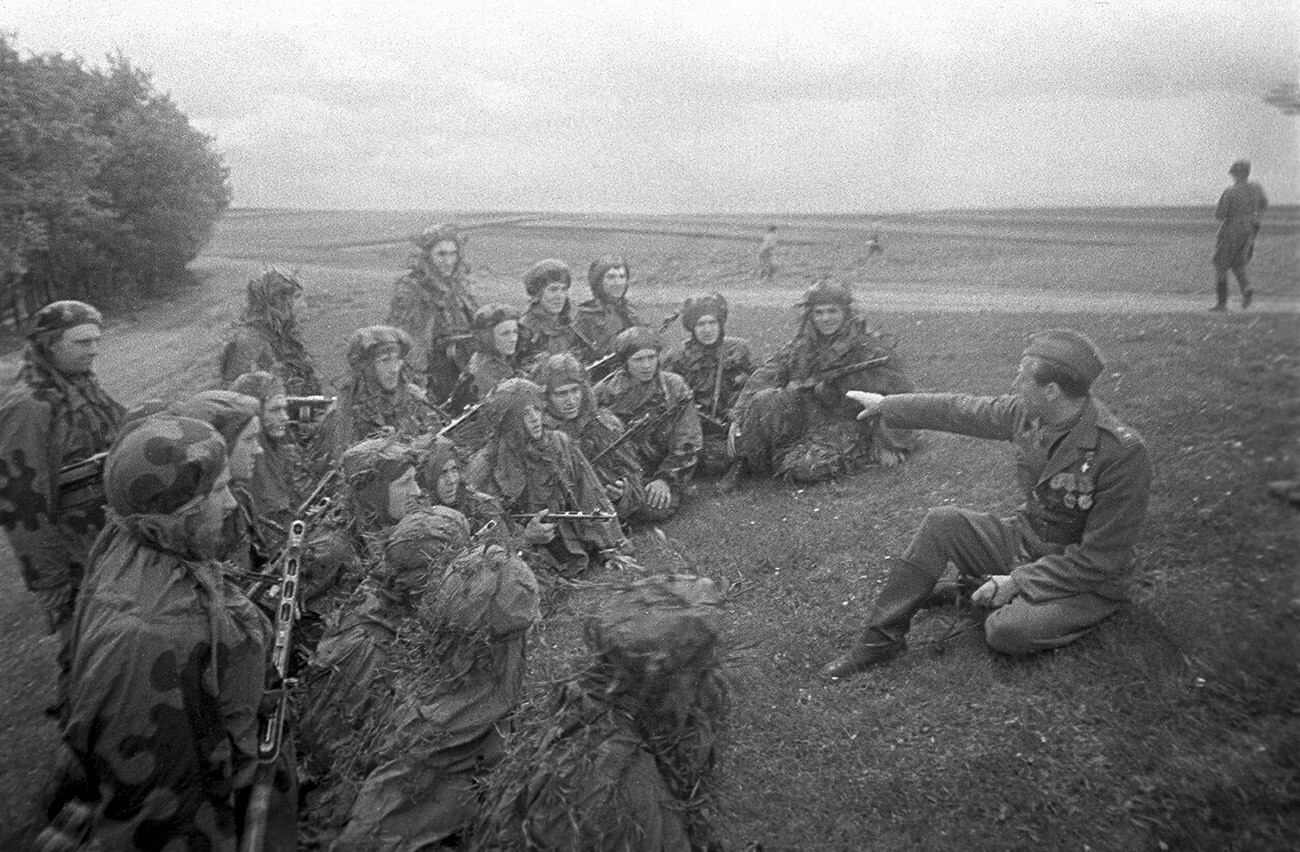
Sub-machine gun company lieutenant of the 1st separate Czechoslovakian infantry brigade in the 51st rifle corps of the 38th army of the 1st Ukrainian Front Antonin Sohor.
Nikolay Yeronin/SputnikThe beginning of the operation had been set for May 7, but, on May 5, an uprising broke out in Prague. The Czech National Council which was leading it made a radio appeal asking the Soviet side to come to its rescue as soon as possible. As a result, the operation was moved forward by a day.
“The thunderous barrage of the guards army’s Katyusha rocket launchers broke the uneasy silence on the front line. Artillery systems of all calibers echoed it in a simultaneous cacophony,” was how General Aleksey Zhadov, commander of the 5th Guards Army, remembered the evening of May 6. “Towards the end of the artillery bombardment, the firestorm was not subsiding, but growing in power and destructive force. Slowly penetrating deep into the enemy defenses, it swept everything in its path: enemy manpower and equipment, weapons, dug-outs, communications facilities and command and observation posts. After that, our tanks and infantry decisively attacked the enemy along the entire front.”
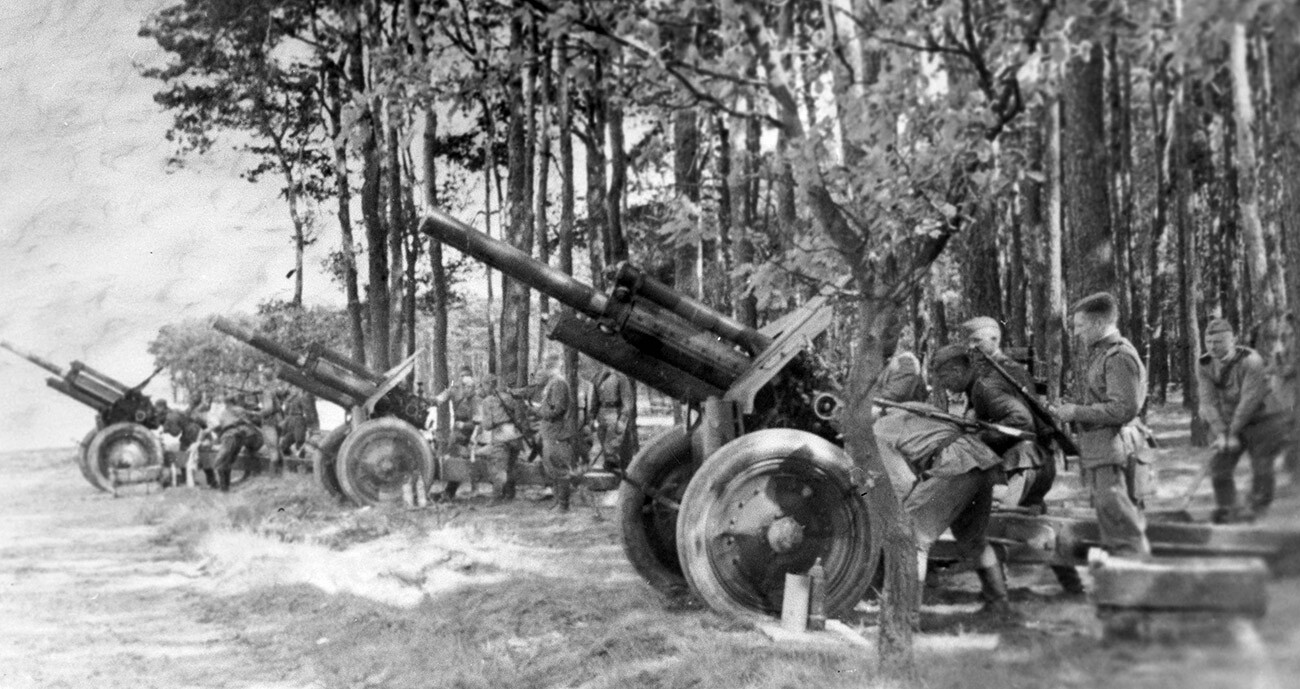
An artillery battery near Prague.
SputnikThe first to go on the offensive were the troops of the 1st Ukrainian Front, who drove a wedge 10-12 km deep into the enemy defenses on the first night. “In normal circumstances, this would have been perfectly satisfactory progress,” Marshal Konev wrote in his memoirs. “But given the situation that had arisen in Prague, in which every hour was precious, I demanded… a faster rate of advance. The infantry was instructed to cover 40-45 km in the course of the next 24 hours, while the tank crews had a target of 50-60 km. They were ordered to advance day and night, regardless of exhaustion or any obstacles.”
The enemy endeavored to resist the advancing Red Army - counter-attacks were mounted, mines were laid, bridges were blown up and broken and damaged tanks and trucks were placed across roads. Nevertheless, the troops of all three fronts managed to break through the enemy defenses along their entire length, cross the Ore Mountains, capture Dresden and arrive at the distant approaches to Prague.

Soviet soldiers having rest between battles.
Georgy Lipskerov/МАММ/МDF/russiainphoto.ruAfter the signing of the instrument of Germany’s unconditional capitulation in Reims on May 7, the enemy grouping did not lay down its arms, but started tenaciously fighting its way west. “Schörner’s intentions were to fight us until the last possible moment and, at a critical juncture, to give us the slip and to surrender to those against whom he had not been fighting,” Konev noted.
And while the Generalfeldmarschall did manage to make his way to the Americans (only to be handed over to the USSR in late May), his troops, by and large, failed in their attempt. At 4 o’clock on the morning of May 9, after a breakneck 80-km advance, the 10th Guards Tank Corps of the 4th Guards Tank Army of the 1st Ukrainian Front was the first to come charging into Prague. Within a short space of time, the forces of other fronts had reached the city, too. With the taking of the capital, the Germans’ exit routes to the west were severed.
“The Czechs gave us a splendid reception,” recalled tank crewman Vasily Moskalenko. “Small boys ran up to our tanks with pails of cold water, as if to order. For us, weary from our extended advance, it tasted like honey. They went up to each tank and regaled us. The lilacs were already in blossom and lilac flowers were presented to each tank crewman by the armload. People, both young and old, screamed with joy and grabbed our hands. We kissed and embraced.”
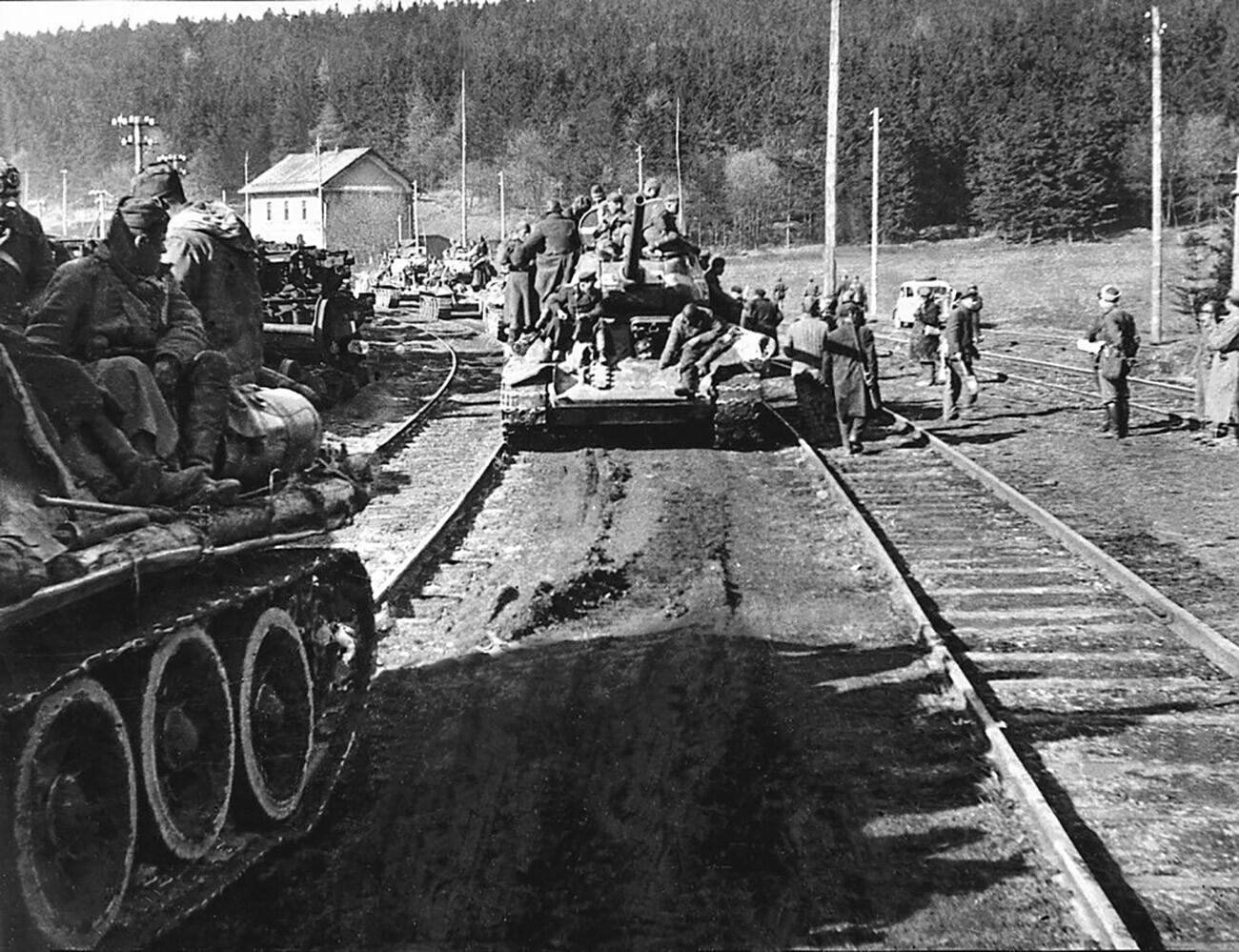
The 63rd Guards Tank Brigade on the way to Prague.
The State Museum of the South Ural History/russiainphoto.ruOn May 8 (May 9 Moscow time), the instrument of capitulation of Germany which ended the war in Europe was signed for a second time in the Berlin suburb of Karlshorst. Nevertheless, hostilities continued. The Red Army was pursuing disparate groups of enemy forces that were trying to break through to the Western allies.
On May 10 and 11, units of the 1st and 2nd Ukrainian fronts encountered American sub-units in the vicinity of the towns of Chemnitz, Pilsen and Karlovy Vary. They even ended up jointly fighting the Germans for a time. At the village of Slivice, Soviet troops with artillery support from the U.S. Third Army smashed the grouping of SS-Gruppenführer Carl Friedrich von Pückler-Burghauss, after its route had been blocked by Czechoslovak partisans.
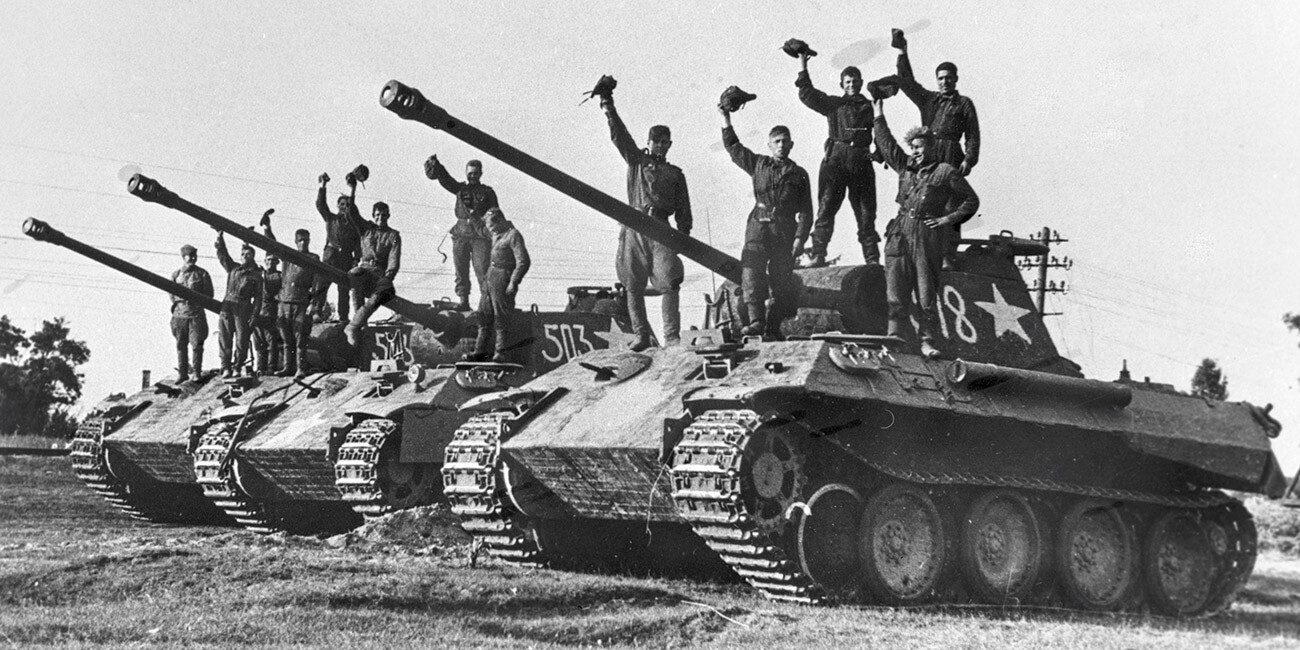
Soviet tank men under Senior Lieutenant Sotnikov driving the captured Panthers near Prague.
SputnikIn the course of the 'Prague Offensive', the Red Army defeated the last major German grouping, taking over 850,000 prisoners, including 60 generals. The enemy saw several tens of thousands dead and/or missing, compared with 11,000 on the Soviet side.
In his memoirs titled ‘Forty-Five’, Marshal Ivan Konev wrote: “When I visit the Olšany Cemetery in Prague, which is the last resting place of our soldiers and officers who died during the days of the 'Prague Offensive', I find it woefully sad to read the date ‘May 9’ on the flower-bedecked gravestones. The war was essentially over, but these men died here on the outskirts of Prague when our entire country was already celebrating victory - they died in the last encounters with our enemies, fearlessly seeing their mission through to the end.”
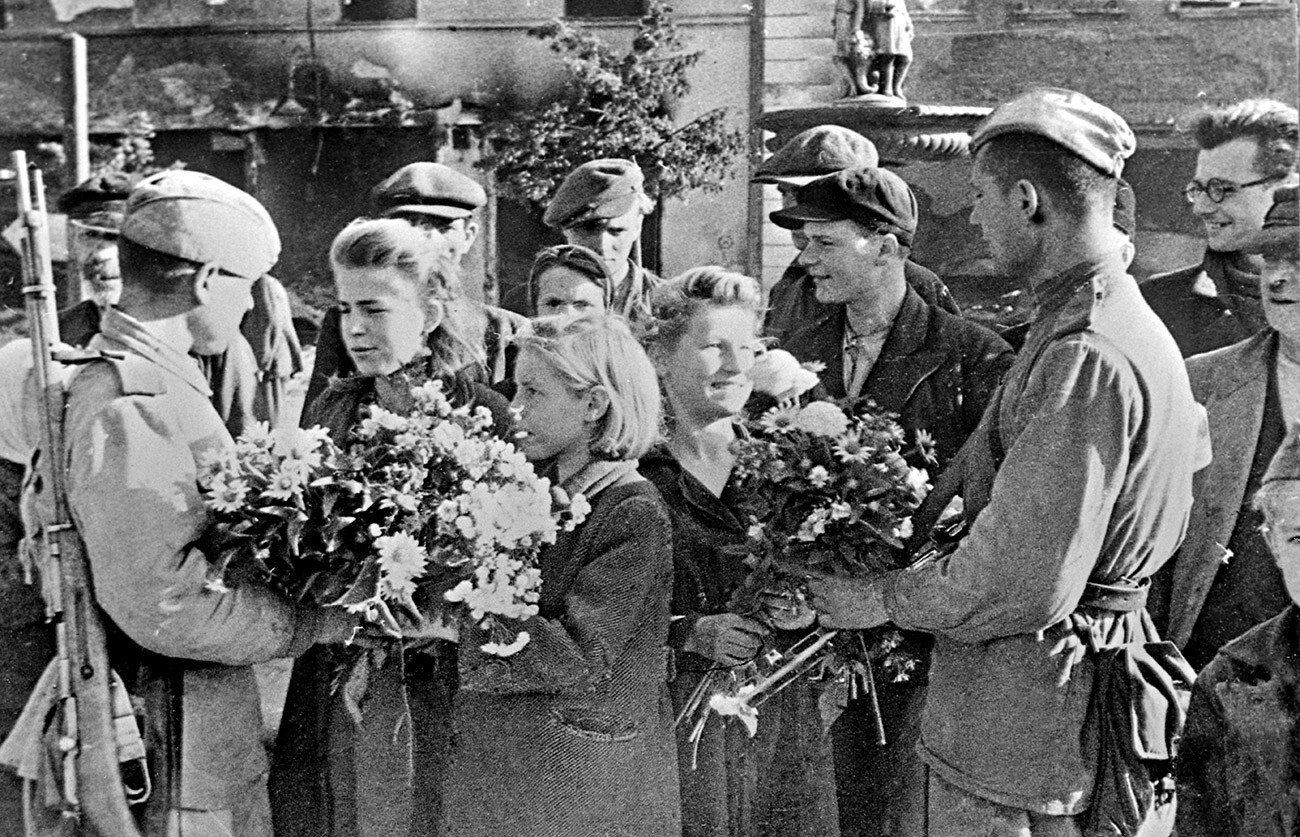
Citizens of liberated Prague meet Soviet soldiers.
SputnikIf using any of Russia Beyond's content, partly or in full, always provide an active hyperlink to the original material.
Subscribe
to our newsletter!
Get the week's best stories straight to your inbox